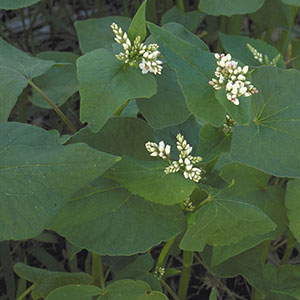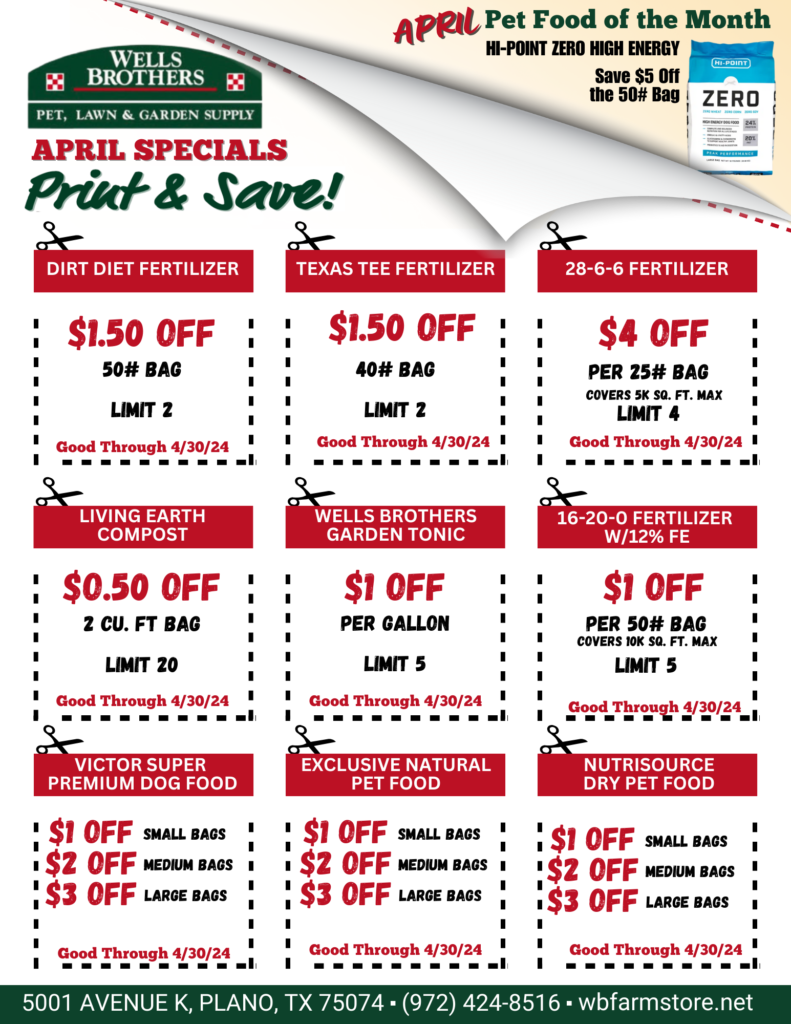 I have been talking a lot about garden cover crops lately. There are multitudes of reasons to plant a cover crop. They range from wanting to add green manure (nitrogen) to the soil to resting the gardener. Planting crops that have a nitrogen fixing ability (legumes) will yield green manure in the spring. Some of the most common legumes are peas, beans, clovers and vetches. To get the most from these crops you must inoculate the seeds prior to planting. Inoculants are specific to the type of seed, so make sure you get the correct one. Any excess inoculant you have should be added to the garden soil.
I have been talking a lot about garden cover crops lately. There are multitudes of reasons to plant a cover crop. They range from wanting to add green manure (nitrogen) to the soil to resting the gardener. Planting crops that have a nitrogen fixing ability (legumes) will yield green manure in the spring. Some of the most common legumes are peas, beans, clovers and vetches. To get the most from these crops you must inoculate the seeds prior to planting. Inoculants are specific to the type of seed, so make sure you get the correct one. Any excess inoculant you have should be added to the garden soil.
Cereal grains such as wheat, oats and cereal type rye (not rye grass) are cover crops that do not require inoculants. Cereal type rye will also trap root nematodes. They have no nitrogen fixing ability but will help with soil compaction, weed suppression and add a tremendous amount of organic material back into the garden in the spring.
All cover crops should be buried when planted. When spring comes there are two ways to handle the cover crop. One method is to cut the cover crop and then plant the veggies. The other method is to kill the cover crop is to apply an appropriate herbicide at the recommended rate. Or, (my favorite) about a month before you turn your garden, cut back the cover crop to about six inches tall. Then two weeks before you plant, turn (or till) the entire area into the soil. If you planted a cereal crop, make sure you add nitrogen or molasses.
Cereal Rye and nematodes:
http://aggie-horticulture.tamu.edu/archives/parsons/misc/nematodes.html





